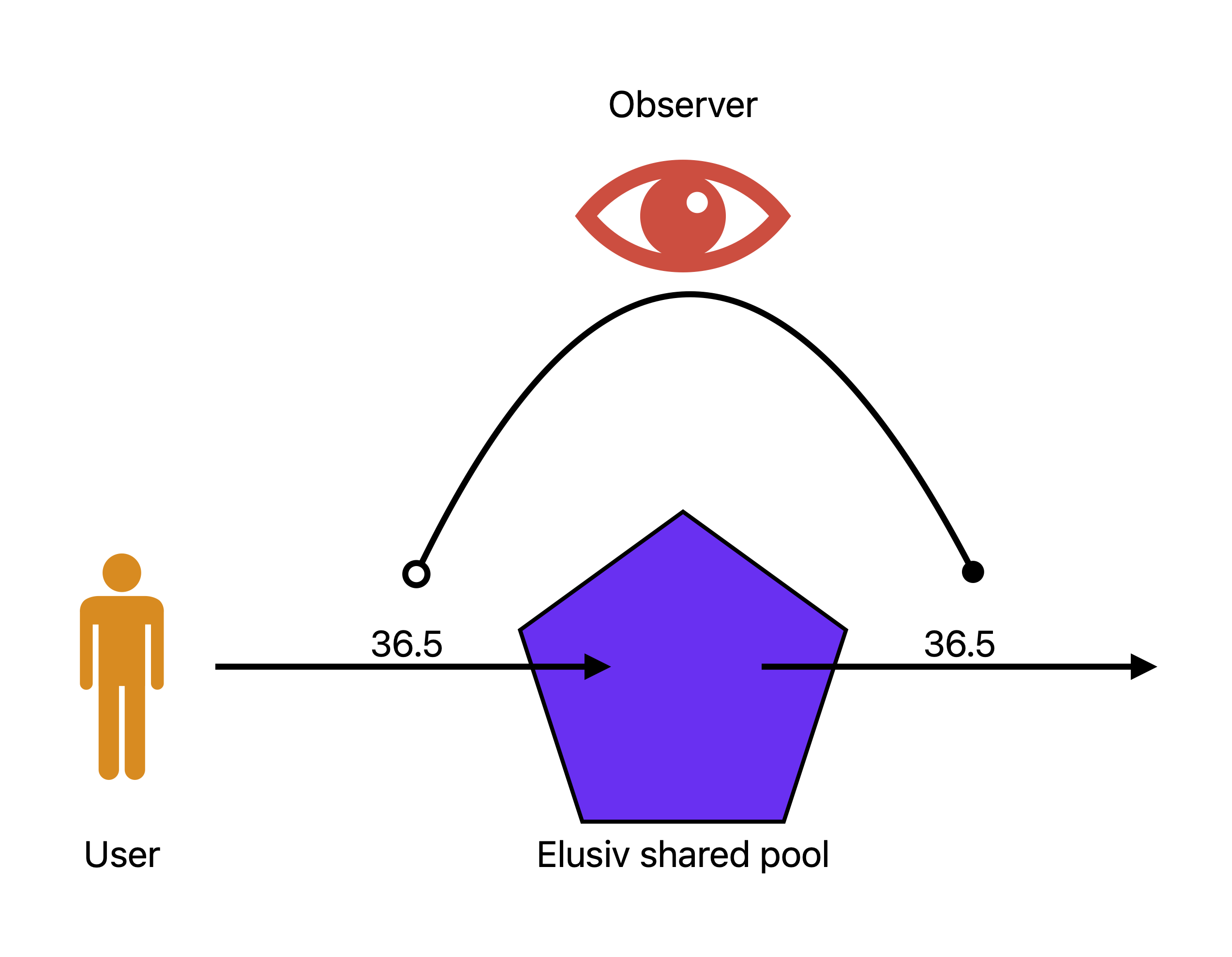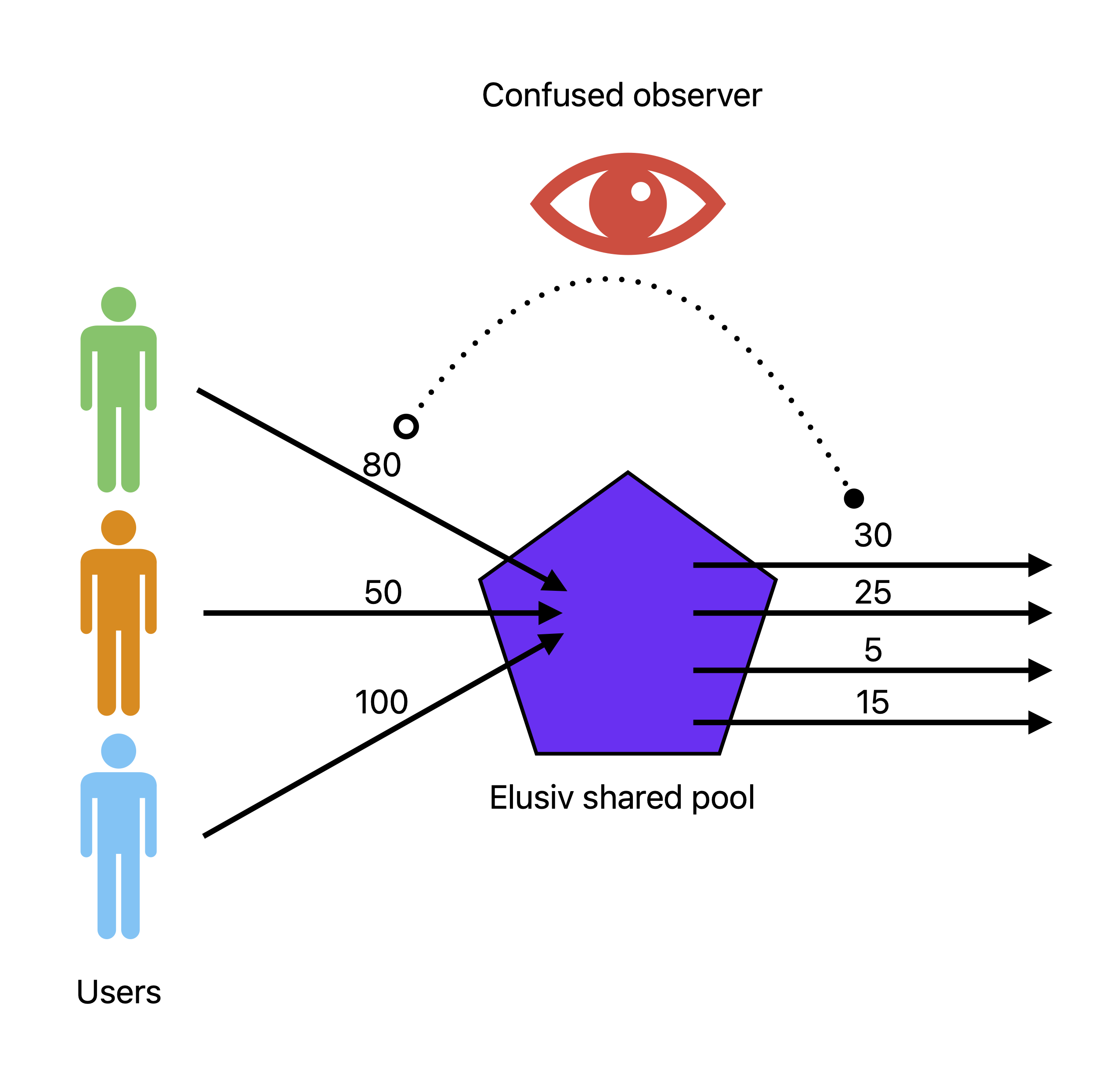Exploring Elusiv
Dive into the world of Elusiv as we address the need for privacy in blockchain transactions, discuss how Elusiv's innovative protocol ensures private transactions, and explore the role of the Warden Network in maintaining compliance and decentralization. Gain insight into the balance between user privacy, security, and compliance in the rapidly evolving Web3 ecosystem.
Why do we need Elusiv?
Traditional payments on a blockchain not only expose the public key of the sender and receiver but also allow anyone to trace back all the transactions of a given public key. Elusiv aims at breaking the direct link between the sender and receiver and, therefore, providing users with a way of transacting in a private fashion.
How does Elusiv work?
Users first top up their Elusiv private balances by sending their funds to a common shared pool governed by the Elusiv program. Then, they can instruct the program to send their funds to the receiver. From an exterior perspective, we can only observe deposits to Elusiv and payments from Elusiv without being able to link them.
How does Elusiv achieve privacy?
Privacy emerges from the growing number of users and diversity of transactions that makes linking deposits and payments over an elapsed time more difficult. On the one hand, if a user deposits a specific amount of 36.5 tokens and immediately instructs Elusiv to spend 36.5 tokens, an external observer may not be able to directly link these two transfers but could take a very confident guess that these transactions are linked. (Figure 1)

Figure 1
On the other hand, if distinct users deposit generic amounts such as 80, 50 and 100 tokens and spend them over a longer period through multiple payments, it becomes more challenging to link which user is spending which funds compared to the previous exact top-up strategy. To sum up, anonymity loves company. (Figure 2)

Figure 2
It is important to note that this is an inherent characteristic of this kind of system, even when replaced by the corresponding ideal functionality.
How can my balance remain private?
Funds in the common shared pool do not contain any information about their depositors. Instead, users let their funds get put together in the pool with others while keeping track of associated secret values. The latter can later be used to generate proofs of authority over a certain amount of unspent funds. The client derives the user’s private balance by aggregating all the unspent funds it owns, similar to how UTXO-based systems work.
What is the role of the Warden Network?
The current role of the Wardens composing the Warden Network is to relay the requests from the user’s client to the blockchain. This ensures that the funds’ deposits and payments are not both linked to the user’s public key. In the future, Elusiv will leverage this network to run more advanced compliance measures such as preventing honest users from being associated with misbehaving ones.
How do viewing keys work?
Payment details in Elusiv are only visible to the user instructing that payment. However, it might be handy to grant access to those details when desired. Users can generate and share viewing keys for specific transactions. These grant the ability to decrypt the corresponding transaction.
How does the root viewing key work?
Each Elusiv account has two important keys, the spending key and the root viewing key. As the names imply, the spending key can be used to spend the user’s assets (but not decrypt them) and the viewing key can be used to decrypt the user’s assets (but not spend them). Generally speaking, the spending key should never be shared with anyone else as this is akin to sharing your private key in most blockchains. The root viewing key, however, can be useful in cases where you wish to grant a trusted individual full view-access to your private assets without giving them the power to spend them.